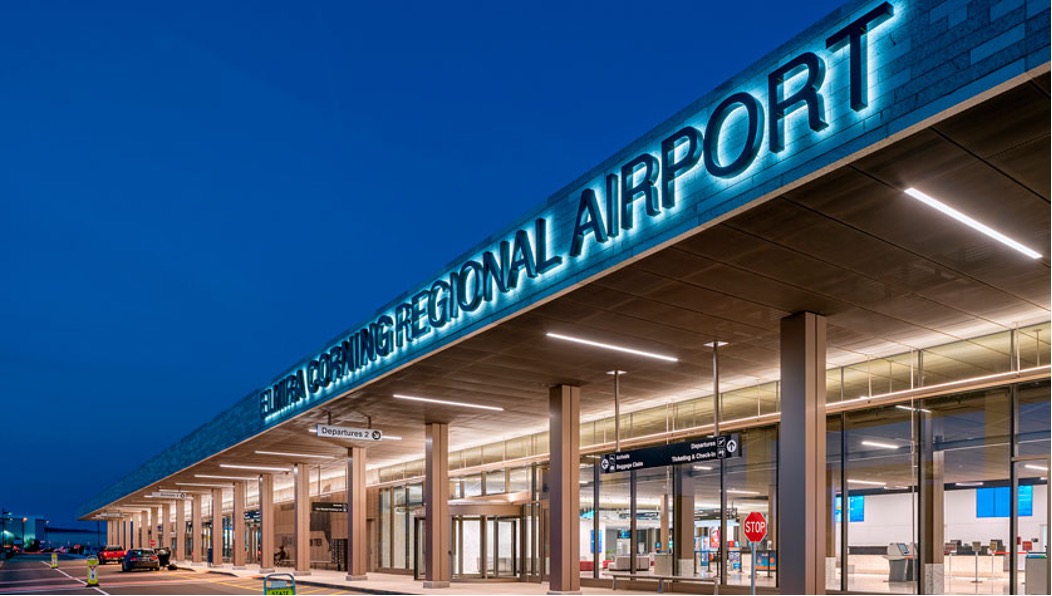Here are six suggestions on how to find cheap(er) airfare over the pond.

Flying out of a mid-sized airport to Europe during the summer peak season usually makes for expensive flights. But that doesn’t mean all hope is lost. Here are a few suggestions that might help you save money on airfares in this situation:
1. Be flexible with timing.
This one won’t be for everyone, as some groups, like teachers and families with children heading back to school, often must travel within a certain window. If you do have flexibility, consider bumping your trip to just outside the peak season window of June–August. If summer travel is a must, remember flights in early June and late August are often 40% cheaper than midsummer flights.
2. Keep the Goldilocks Window in mind.
Speaking of timing, it does matter when you book. (And no, I’m not talking about a certain day of the week or time of day.) It’s best to book flights during the Goldilocks Window—that is the period of time fares are likely to be at their lowest. For domestic flights, it’s one to three months in advance; for international flights, it’s two to eight months in advance. And during peak season, such as the summer, you’ll want to book even earlier. (I recommend booking four to eight months in advance for summer international travel.)
3. Take a repositioning flight or drive.
If the planes won’t come to you, sometimes you can go to them. Taking a repositioning flight or driving to a nearby airport with more routes and better deals can open up more possibilities. If you’re considering doing this, be sure to calculate how much you’ll actually be saving by traveling to a different airport, and whether it’s worth the cost and hassle of getting there. And if you take a repositioning flight, you may want to give yourself a few days’ buffer in the event that your repositioning flight is delayed. (As these flights wouldn’t have a connected itinerary, you won’t have recourse from the airline if you need to rebook.)
4. Use the Greek Islands trick.
In other words, focus on getting to the continent as cheaply as possible. When pickings are slim for cheap flights to your final destination, breaking your air journey into two itineraries is often cheaper than booking it as just one. Book the least expensive flight you can find to a city near your destination, then add a cheap flight on to your actual final stop. A detailed explanation of this method can be found here.
5. Be flexible with your destination.
When prices are high, the more flexible you can be, the more you can save. In addition to using the Google Flights Explore map to find the cheapest place to go, you can also search flexible dates and choose based on the lowest prices. Sites like Google Flights and Kayak will show you fares for 60 days at a time; sometimes adjusting your dates by just a few days can save you a significant amount.
6. Use the 24-hour rule to lock in a great fare when you see one.
Airfare pricing is very volatile and most deals don’t last long any time of year. When you see a great fare, you have to act fast. But what if you aren’t sure about the dates, or need to request time off or line up childcare? Thankfully, there’s the 24-hour US Department of Transportation rule that requires nearly all airlines operating flights to or from the US to allow you to cancel a flight within 24 hours of booking (so long as you booked at least seven days before departure). While the regulation only applies to flights booked directly with the airline, many OTAs have their own versions. This means you can snag a great fare and you’ll have 24 hours to decide if you want to or are able to take the trip. If not, you can cancel and get a full refund.
Twist’s Take: If you’re flying to Europe during peak season from a regional airport, here are six suggestions on how to find cheap(er) airfare.
